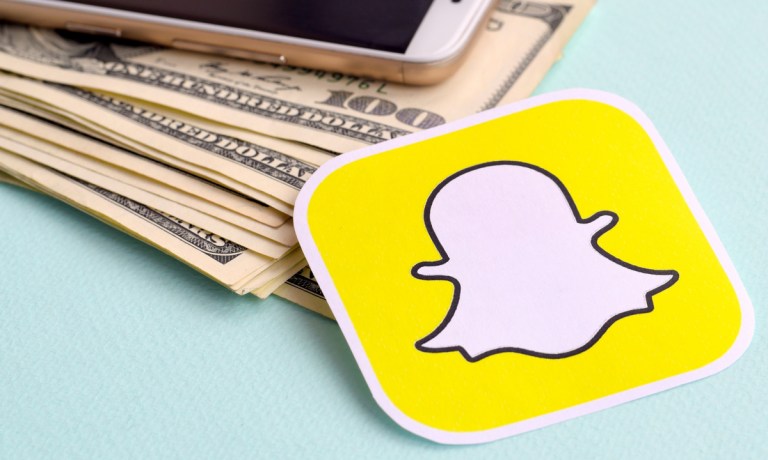
Snapchat’s plan to woo creators by allowing them to share ad revenue could be paying off.
That program, which debuted in April and is known as Snap Star, has several thousand creators in it.
And as The Wall Street Journal reported Sunday (July 9), the time users spent watching Snapchat Stories from creators in the revenue-sharing program more than doubled in the first quarter of the year.
The report also quotes Adam Waheed, a creator who has 12 million YouTube subscribers and who joined Snap Star in February and said he now earns six figures per month on the platform.
Waheed told WSJ he has been on Snapchat since its launch but had scaled back his use until the Snap Star program drew him to begin spending more on the platform, something he’s noticed other creators doing.
“I’m not going to spend any time on a platform if it’s not beneficial,” Waheed said.
The news comes less than a week after Snapchat announced that its Snapchat+ subscription program has more than 4 million subscribers.
As PYMNTS wrote, Snapchat has a major advantage in reaching subscribers — its young audience, as “the social platform disproportionately skews toward Generation Z and even younger, and these consumers prioritize subscriptions that bring them enjoyment.”
And the company’s subscription offering is not a retail product subscription, but offers something even more in-demand among users looking to find their place in an ever-changing social landscape: exclusive access.
Subscriptions give them visibility into who has rewatched their Stories, the ability to boost Stories so others are more likely to view them, and the chance to have replies to public figures’ content prioritized.
“When these young consumers are using Snapchat to conduct much of their social lives online, features like these can give subscribers the kind of advantage they crave,” PYMNTS wrote.
The revenue-sharing program is happening at a time when creators are typically underserved in terms of finances, as Marie-Elise Droga, head of Fintech at Visa, told PYMNTS CEO Karen Webster last month.
“They can’t be looked at through the lens of an individual consumer — this is the fastest growing category of SMBs in the world,” Droga said.
It’s not an opportunity that anybody can continue to ignore, she added, as social commerce is now a more than $1 trillion market and one of the fastest growing ecosystems around.